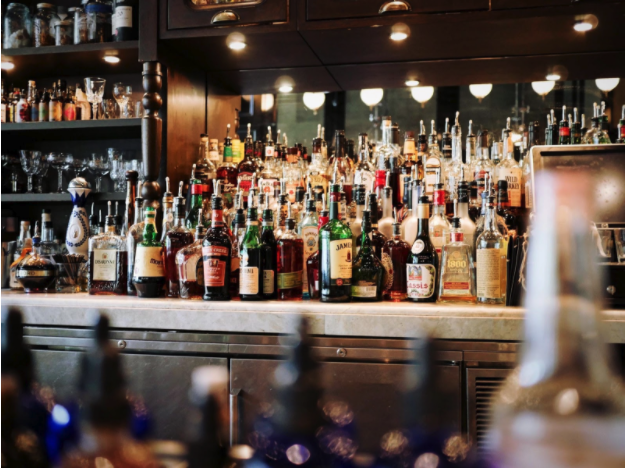How to Easily Set Your Bar’s Par Levels
Regularly setting your pars is a vital part of bar management and a smart way to utilize your inventory usage report.
Pars represent the minimum amount of product that your bar should keep in stock at all times. Taking time to set up the right par levels for each item is the key to effective ordering. It ensures that your bar is not sitting on too much inventory, which ties up valuable cash for your business. As a bar manager, your par levels should be updated at least twice a year. It’s because they become outdated as seasons and consumer’s preference change. Your par should account for weather, holidays, and even events near your business. Let’s take mojitos as an example. It’s one of the most popular summer cocktails, so, naturally, your mojito sales will peak in the summer. But, as the season changes and fall begins to arrive the sales will slowly decline.
How to Calculate and Set Pars
To set accurate pars for your bar, follow these steps.
Look at your historical usage
Calculate your historical item level usage for every item at the bar. Let’s assume that you used 456 bottles of Harpoon IPA in over 3 months.
Calculate your average weekly usage
Divide your total historical usage by the number of weeks to calculate an average weekly usage. In our example, 456 bottles of Harpoon divided by 13 weeks equals 35 bottles per week.
Factor in seasonality
Next, account for seasonality by multiplying this average by a seasonality factor. If your initial historical usage is based on the slow season, consider the effects of heading into a busier season. Let’s say your busy season might be, on average, 50% busier, then you’ll want to multiply your initial average weekly usage by 1.5. So in our example, 35 bottles x 1.5 = 53 bottles per week.
Set your target goal
Identify your target weeks on inventory to stock for the bar. it’s highly recommended to stay lean and set a goal of 2 weeks. This will effectively avoid overstocking. But each business is different, so play with the target that works best for your business.For a 2-week target par, take the seasonality adjusted weekly inventory of 53 bottles per week. Then multiply it by 2 weeks of inventory. Your par is 106 bottles. Setting your pars seems easy, but remember, you’ll need to repeat this process for every brand or item at your bar.
Pars represent the minimum amount of product that your bar should keep in stock at all times. Taking time to set up the right par levels for each item is the key to effective ordering. It ensures that your bar is not sitting on too much inventory, which ties up valuable cash for your business. As a bar manager, your par levels should be updated at least twice a year. It’s because they become outdated as seasons and consumer’s preference change. Your par should account for weather, holidays, and even events near your business. Let’s take mojitos as an example. It’s one of the most popular summer cocktails, so, naturally, your mojito sales will peak in the summer. But, as the season changes and fall begins to arrive the sales will slowly decline.
How to Calculate and Set Pars
To set accurate pars for your bar, follow these steps.
Look at your historical usage
Calculate your historical item level usage for every item at the bar. Let’s assume that you used 456 bottles of Harpoon IPA in over 3 months.
Calculate your average weekly usage
Divide your total historical usage by the number of weeks to calculate an average weekly usage. In our example, 456 bottles of Harpoon divided by 13 weeks equals 35 bottles per week.
Factor in seasonality
Next, account for seasonality by multiplying this average by a seasonality factor. If your initial historical usage is based on the slow season, consider the effects of heading into a busier season. Let’s say your busy season might be, on average, 50% busier, then you’ll want to multiply your initial average weekly usage by 1.5. So in our example, 35 bottles x 1.5 = 53 bottles per week.
Set your target goal
Identify your target weeks on inventory to stock for the bar. it’s highly recommended to stay lean and set a goal of 2 weeks. This will effectively avoid overstocking. But each business is different, so play with the target that works best for your business.For a 2-week target par, take the seasonality adjusted weekly inventory of 53 bottles per week. Then multiply it by 2 weeks of inventory. Your par is 106 bottles. Setting your pars seems easy, but remember, you’ll need to repeat this process for every brand or item at your bar.



